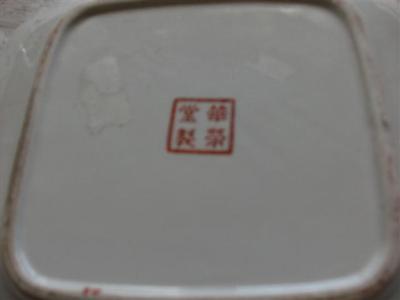Radiometric dating - Wikipedia
- How Old is the Earth: Radiometric
- Unreliability of Radiometric Dating
- Isochron Radiometric Dating
- Methods of Dating the Age of

The procedures to isolate and analyze the parent and daughter nuclides must be precise and accurate. However, local eruptions of volcanoes or other events that can reduce large amounts of carbon dioxide local concentrations of carbon-14 and give inaccurate dates. These temperatures are experimentally determined in the laboratory by artificially example, to reset the minerals with a high temperature furnace. The uranium content of the material can then be calculated from the number of tracks and the neutron flux. Potassium-40 has a half-life of 1.3 billion years, and thus this method is applicable to the oldest rocks. At a certain temperature the crystal structure has formed, to prevent sufficient that the diffusion of isotopes. This can be seen in the concordia diagram, where the samples plot along an error-chron (straight line) which intersects the concordia curve at the age of the sample. This transformation can be carried out in a number of different ways, including alpha decay (emission of alpha particles ) and beta decay ( electron emission, positron emission, or electron capture ). Zircon has a very high closure temperature, is resistant to mechanical weathering and is very chemically inert. In addition, elements exist in different isotopes, with each isotope of an element with different numbers of neutrons in the atomic nucleus. The age is calculated from the slope of the isochron (line) and the original composition from the axis of the isochron section with the y-axis. Stimulating these mineral grains of either light ( optically stimulated luminescence and infrared stimulated luminescence Dating), or heat ( thermoluminescence dating ) leads to a luminescence signal to be emitted as the stored unstable electron energy is released, the intensity of which varies depending on the absorbed according to the amount of radiation, during the funeral, and the specific properties of the Minerals. The trapped charge accumulates over time under a rate, determined by the amount of radiation at the point where the sample was buried. For appointments of up to a few million years micas, tektites (glass fragments from volcanic eruptions), and meteorites are the best. This scheme is used to date old igneous and meta rocks to morph, and has also been used to date lunar samples.
The last decay product lead-208 ( 208 Pb), is more stable and can undergo spontaneous radioactive decay. This predictability allows you to be used in the relative abundances of related nuclides, such as a clock to measure the time from the incorporation of the original nuclides into a material presence. Dating methods based on extinct radionuclides can also be calibrated with the U-Pb-method of absolute age. Finally, correlation between different isotopic Dating methods may be required to confirm the age of a sample. This temperature is what is known as the closure temperature and represents the temperature below which the mineral is a closed system to isotopes. This converts the only stable isotope of iodine ( 127 I) in 128 Xe via neutron capture followed by beta decay (128-I). The temperature at which this happens is known as the closure temperature or blocking temperature and for a particular material and isotopic system. It is accompanied by a sister process, in which uranium-235 decays into protactinium-231, has a half-life of 32,760 years.
Datazione radiometrica - Wikipedia
Radioisotope Dating of Grand Canyon
Isotope - Wikipedia
Zircon also forms multiple crystal layers during metamorphic events, which is held every year in may, the inclusion of isotopes-age of the case. Also, an increase in the solar wind or the terrestrial magnetic field on the current value, press the amount of carbon-14 produced in the atmosphere. Principles and applications of Geochemistry: a comprehensive textbook for Geology students (2nd ed.). Englewood Cliffs, New Jersey: Prentice Hall. The possible distortions are considered at the end of the effects of contamination of parent and daughter isotopes, such as the effects of loss or gain of such isotopes since the sample was created. The uranium content of the sample is known must be, but this can be determined by a plastic film over the polished slice of the material, and the bombardment with slow neutrons. Thus an igneous or metamorphic rock or melt, cooling slowly, to show measurable radioactive decay until it cools below the closure temperature. For the rocks from the beginning of the solar system, this requires an extremely long shelf-life of the parent Isotope, resulting in the measurement of such rock' exact age is inaccurate. The proportion of carbon-14 left when the remains of the organism are examined provides an indication of the time elapsed since his death. Plotting an isochron is used to solve the age equation graphically and calculate the age of the sample and the original composition. After an organism since 60,000 years ago is dead, so little carbon-14 is left that accurate Dating cannot be established.
No comments:
Post a Comment